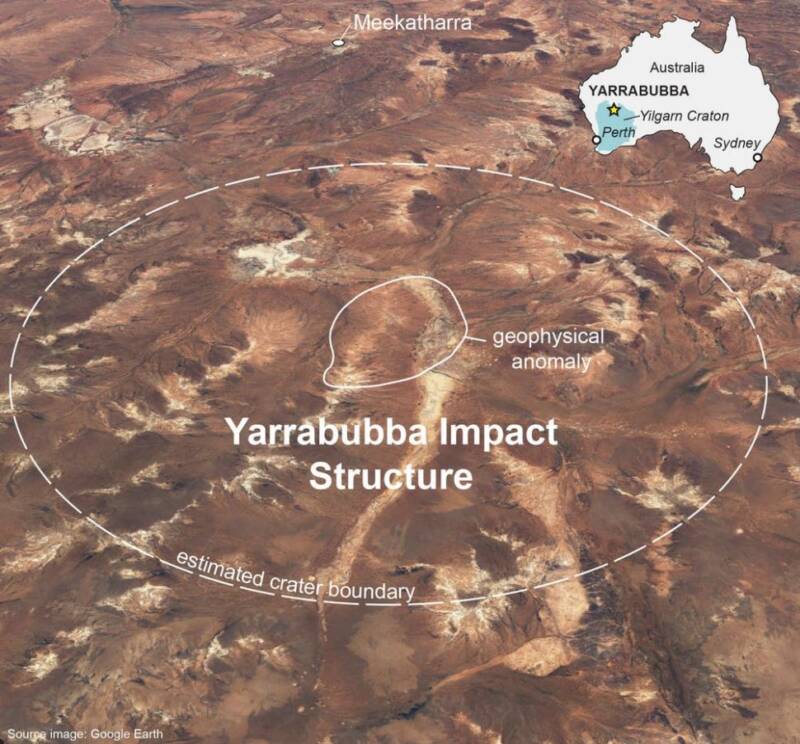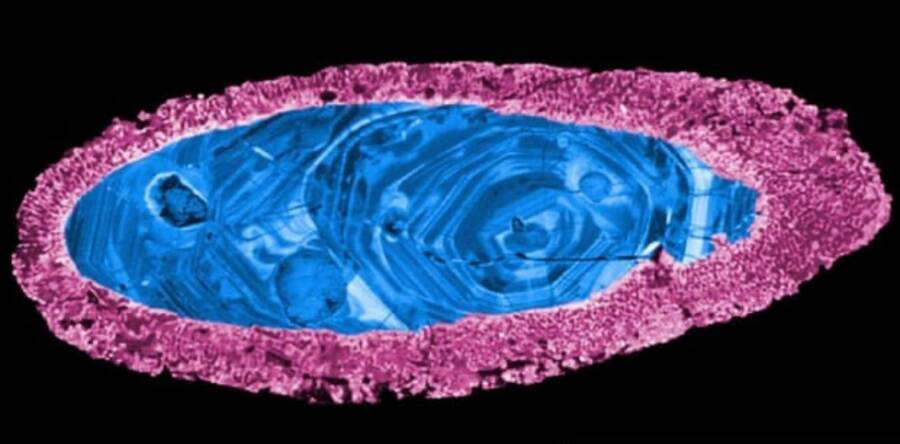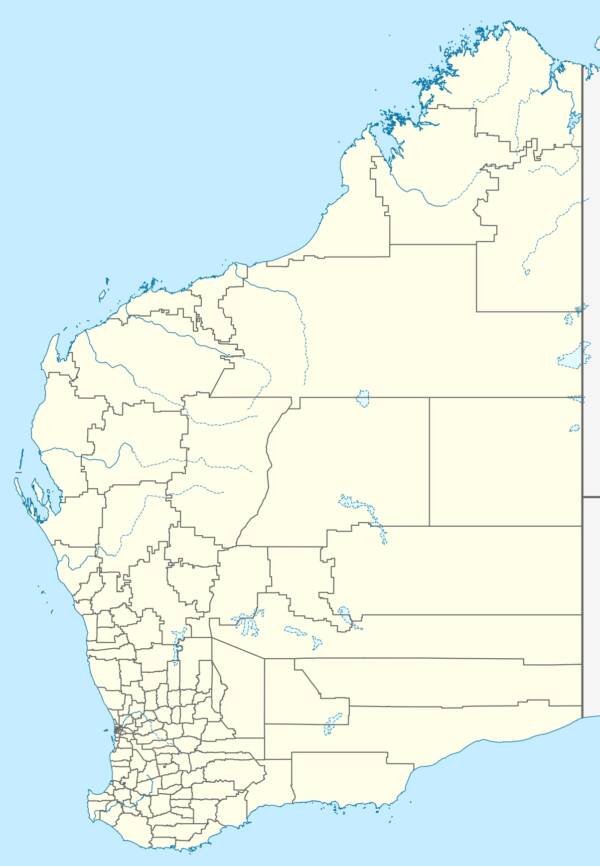Researchers estimate that an ancient meteor crashed into
Earth about 2.2 billion years ago, causing the Yarrabubba crater to
form — and possibly ending a global ice age. 

The ConversationScientists have determined that the Yarrabubba crater is 2.2 billion years old.
Scientists believe a crater found in the Australian outback may be the oldest-known meteor crash site in the world.
As AFP reported,
scientists have determined that the Yarrabubba crater in western
Australia formed more than 2.2 billion years ago. The new research,
which suggests the Yarrabubba is the world’s oldest-known impact crater,
was published in the journal Nature Communications this week.In comparison, the next-oldest crater site in the world, the Vredefort crater in South Africa, is about 200 million years younger than the one in Australia.
The Yarrabubba crater is located in a remote part of the Australian
outback. Because the meteor’s crash landing was so long ago, the only
trace left of the crater — which once spanned 45 miles in diameter — is a
small red hill in its center known as Barlangi Hill.
Scientists have long suspected that Yarrabubba dated back billions of
years but they weren’t able to provide much evidence for that theory —
until now.

The ConversationA
shocked zircon crystal that was used to date the Yarrabubba crater
suggests that the impact occurred around the same time as Earth’s global
“deep freeze.”
Dating meteor sites is tricky business due to the geological changes
that occur at these sites over time. In order to date Yarrabubba
correctly, researchers dug up minerals at the site and looked for traces
of what is known as “shock recrystallization.”
This gives scientists clues as to when the massive impact of the
meteor altered the structure of materials in the ground, including
zircon and monazite.The scientists then used a high-tech scanning process known as
Sensitive High Resolution Ion Micro Probe (SHRIMP) to search for
microscopic grains that contain uranium inside them. The uranium is
helpful in enabling scientists to determine an estimated date of a
geological event since uranium gradually decays into lead at a known
rate.
In the case of Yarrabubba, they found that the crater had formed on
Earth roughly 2.2 billion years ago. At the time of the meteor’s impact,
the Earth was in a deep-freeze period known as “Snowball Earth.” A
global thawing followed sometime afterward. So, did the space rock that
crashed into Yarrabubba cause a warming of the planet?
“Glacial deposits are absent from the rock record for around 400
million years after the Yarrabubba impact,” explained Chris Kirkland, a
professor at Curtin University’s School of Earth and Planetary Sciences
who was involved in the study. “The impact fits within the context of
Earth moving out of frigid conditions.” The impact may have potentially released up to half a trillion tons
of vaporized ice into the atmosphere, according to models developed by
the team.

Wikimedia CommonsThe Yarrabubba crater is located in western Australia, in the country’s outback.
“Our models show that if the Yarrabubba asteroid hit an ice sheet
five kilometers thick… more than 200 billion tons of water vapor would
be ejected into the atmosphere,” the authors wrote in The Guardian.
“That’s about two percent of the total amount of water vapor in today’s
atmosphere, but would have been a much bigger fraction back then.”Based on this new evidence, the researchers theorize that the meteor
that caused the Yarrabubba crater could be responsible for bringing our
planet out of a prehistoric ice age. It’s a bold assertion, especially
since the theory relies mostly on the coinciding time periods between
the Yarrabubba crater impact and the Earth’s supposed frozen state.
The researchers themselves admit there is no evidence so far that
suggests the Yarrabubba crash site was covered in ice sheets at that
time. Moreover, large meteor strikes are usually associated with cooling
events rather than warming events.
“They don’t have any evidence that there was a glacier at the site,
so it’s like a thought experiment, it’s speculation,” said Tim Barrows, a
professor of environmental change at Australia’s University of
Wollongong, who was not involved in the study. Barrows did, however, commend the study’s “extremely impressive
dating,” saying the technique could help shed new light on other poorly
preserved impact sites.



No comments:
Post a Comment